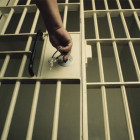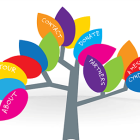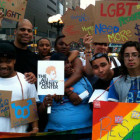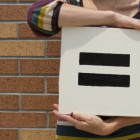
A disproportionate number of LGBT teens are represented in the nation’s juvenile justice system, possibly making up as much as 15 percent of the total juvenile justice population in the United States, according to a representative of the Center for American Progress. The findings were discussed last month in Washington, D.C. at an event sponsored by the National Council on Crime & Delinquency and titled “Unfair Criminalization of LGBT Youth.”
Aisha Moodie-Mills, a LGBT policy and racial justice advisor at the Center for American Progress, presented findings on behalf of Dr. Angela Irvine, one of four authors of “Lesbian, Gay, Bisexual and Transgender (LGBT) Youth and the Juvenile Justice System.” The results from the report, which were published in the 2011 book, “Juvenile Justice: Advancing Research, Policy, and Practice,” state that while gay and transgender teens make up only 5 to 7 percent of the total youth population, they represent an estimated 13 to 15 percent of the population of young people involved with the nation’s juvenile justice system. Moderating the event, Moodie-Mills said that stressors from family and school could potentially make LGBT teens more vulnerable than the general population to violence, prostitution and homelessness. Shortly after the event, survey findings from a joint project involving the Williams Institute, the Palette Fund and the True Colors Fund found that almost 40 percent of the nation’s homeless or at-risk youth are gay or transgender. Panelist Maya Rupert, a representative of the National Council for Lesbian Rights, said that several institutions, such as the nation’s education and legal systems, were failing the country’s LGBT teens.





